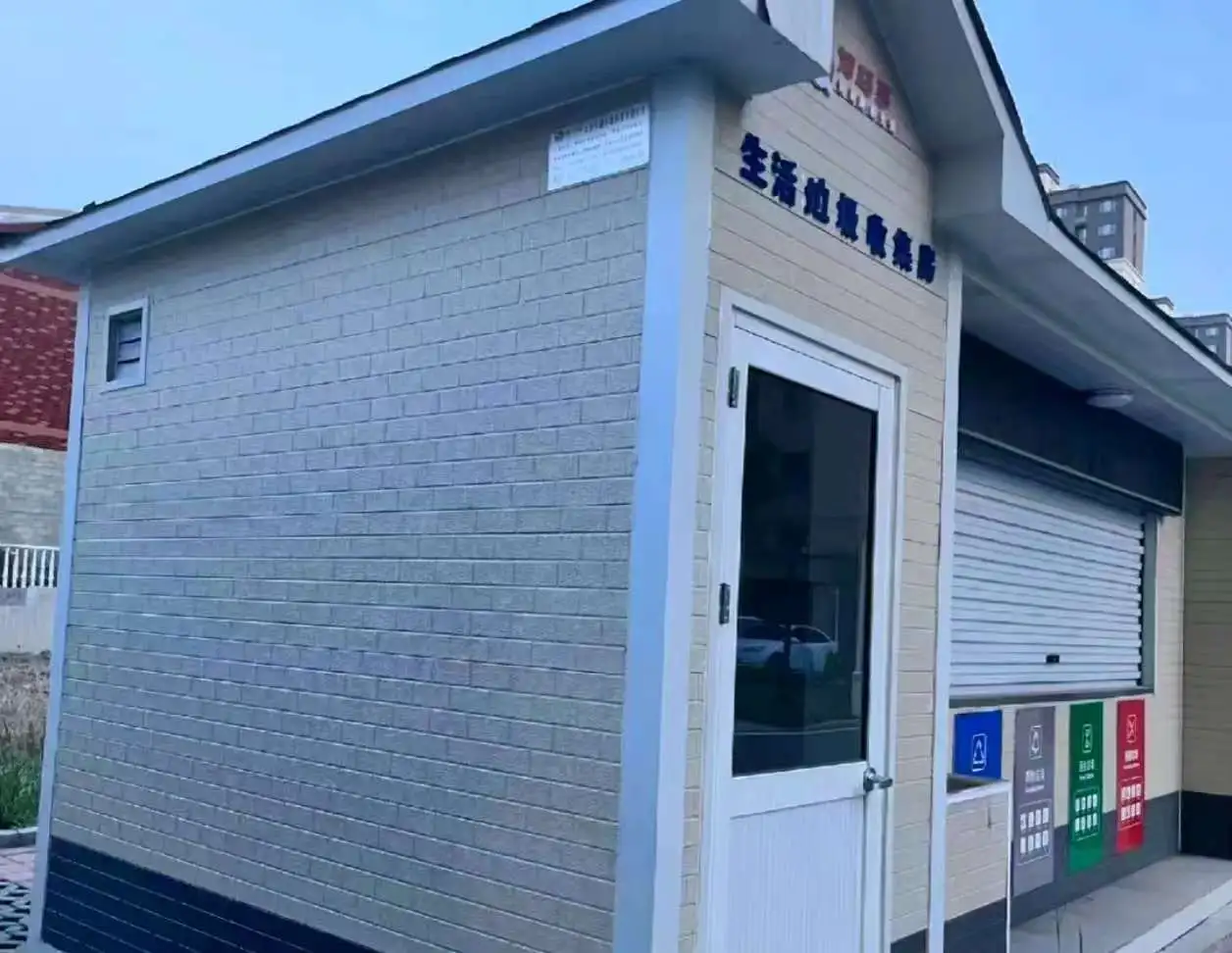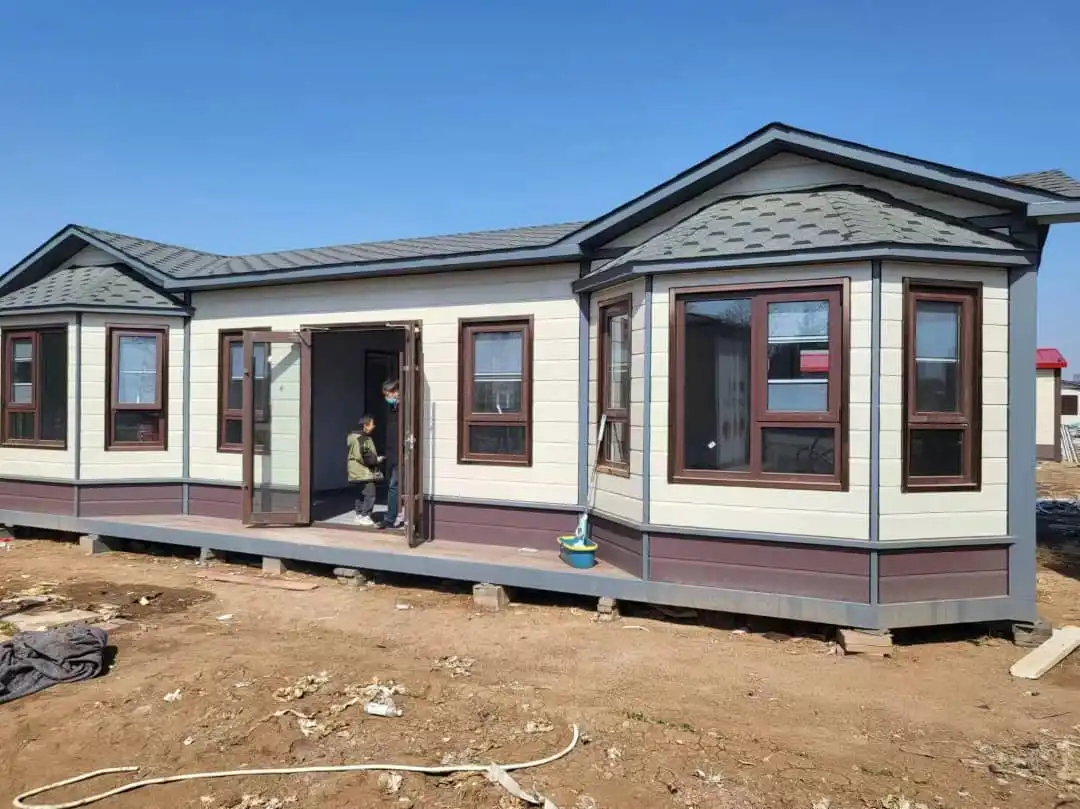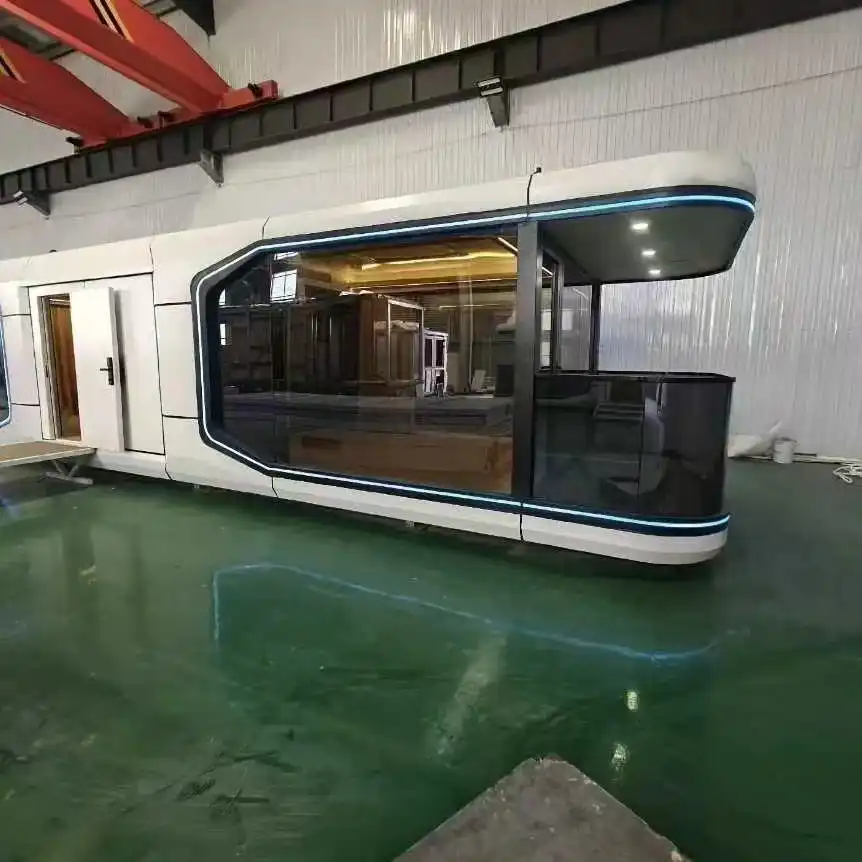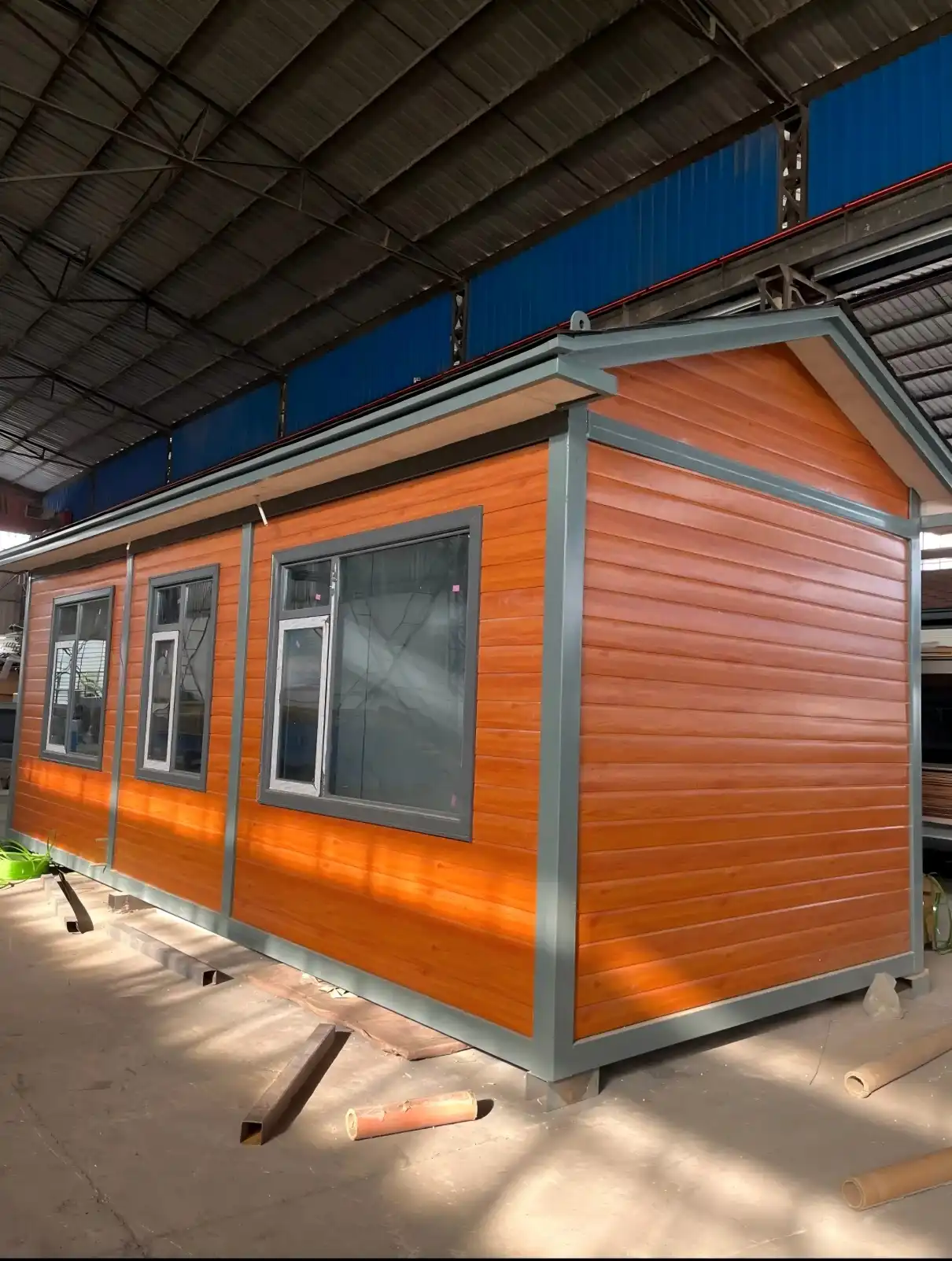Waterproof exterior wall panels can significantly improve home energy efficiency. These innovative building materials offer excellent insulation properties, creating a barrier against heat transfer and moisture penetration. By reducing thermal bridging and air leakage, waterproof panels help maintain consistent indoor temperatures, reducing the workload on heating and cooling systems. This results in lower energy consumption and decreased utility bills. Additionally, the panels' durability and resistance to weather elements ensure long-lasting performance, further enhancing their energy-saving potential over time.

Introducing Waterproof Exterior Wall Panels and Their Energy-Saving Properties
Waterproof exterior wall panels are advanced building materials designed to protect structures from moisture while providing superior insulation. These panels typically consist of multiple layers, including a waterproof outer layer, an insulating core, and an interior facing. The combination of these elements creates a highly effective barrier against the elements and heat transfer. Working with a professional waterproof exterior wall panels factory ensures access to high-quality, durable products that deliver reliable performance in diverse construction applications.
Composition and Design of Waterproof Panels
The composition of waterproof exterior wall panels plays a crucial role in their energy-saving capabilities. The outer layer is often made of durable materials like metal or high-quality polymers, which resist water penetration and UV radiation. The core is usually composed of high-performance insulation materials such as polyurethane foam or mineral wool. This insulation layer is key to the panels' thermal performance, significantly reducing heat flow through the building envelope.
Thermal Insulation Properties
The thermal insulation properties of waterproof exterior wall panels are measured by their R-value, which indicates the material's resistance to heat flow. Higher R-values translate to better insulation performance. Many waterproof panels boast impressive R-values, often surpassing traditional building materials. This superior insulation helps maintain consistent indoor temperatures, reducing the need for constant heating or cooling adjustments.
Moisture Control and Its Impact on Energy Efficiency
Moisture control is another critical aspect of energy efficiency that waterproof exterior wall panels address. By preventing water infiltration, these panels protect the building's structure and insulation from moisture damage. Dry insulation performs more effectively than wet insulation, ensuring the energy-saving properties remain intact over time. Additionally, by keeping moisture out, waterproof panels help prevent the growth of mold and mildew, which can compromise indoor air quality and necessitate energy-intensive remediation processes.
Installation and Integration of Waterproof Panels for Maximum Energy Efficiency
Proper installation of waterproof exterior wall panels is crucial to maximize their energy-saving potential. When installed correctly, these panels create a continuous insulation layer around the building, eliminating thermal bridges and air leaks that can compromise energy efficiency.
Proper Installation Techniques
Professional installation of waterproof exterior wall panels involves several key steps. First, the existing wall surface must be prepared to ensure a smooth, clean substrate. The panels are then attached using specialized fasteners or adhesives, depending on the panel type and building structure. Particular attention is paid to sealing joints and edges to prevent water infiltration and maintain the integrity of the insulation layer. Some advanced panel systems feature interlocking designs that further enhance their waterproofing and insulative properties.
Integration with Other Building Systems
To achieve optimal energy efficiency, waterproof exterior wall panels must be integrated seamlessly with other building systems. This includes proper integration with windows, doors, and other openings to prevent thermal bridging and air leakage at these critical junctures. Additionally, the panels should be coordinated with the building's ventilation system to ensure proper air circulation and moisture management, further contributing to overall energy efficiency.
Long-term Performance and Maintenance
The long-term performance of waterproof exterior wall panels is a key factor in sustained energy efficiency. These panels are designed for durability, often lasting decades with minimal maintenance. Regular inspections and prompt repairs of any damage ensure that the panels continue to perform optimally. The smooth, treated surfaces of many waterproof panels also resist dirt accumulation, requiring only occasional cleaning to maintain their appearance and functionality.

Cost-Benefit Analysis of Implementing Waterproof Panels for Energy Efficiency
While the initial investment in waterproof exterior wall panels may be higher than traditional building materials, the long-term benefits often justify the cost. A comprehensive cost-benefit analysis considers various factors, including energy savings, durability, and reduced maintenance needs.
Initial Costs vs. Long-term Savings
The upfront cost of waterproof exterior wall panels includes materials and installation. However, these costs should be weighed against the potential long-term savings. Energy savings from improved insulation can be substantial, often resulting in lower utility bills year after year. Additionally, the durability of waterproof panels means fewer repairs and replacements over time, further reducing long-term costs.
Energy Savings Calculations
To quantify the energy savings potential of waterproof exterior wall panels, homeowners can use energy modeling software or consult with energy efficiency experts. These tools can estimate the reduction in heating and cooling costs based on the panels' insulation properties and the specific climate conditions. In many cases, the energy savings can offset the initial investment within a few years, after which the panels continue to provide ongoing benefits.
Additional Benefits Beyond Energy Efficiency
Beyond energy savings, waterproof exterior wall panels offer additional benefits that contribute to their overall value. These include improved indoor comfort due to more consistent temperatures, enhanced protection against weather-related damage, and potentially increased property value. The panels' fire-resistant properties and soundproofing capabilities also add to their appeal, making them a comprehensive solution for building improvement.
Conclusion
Waterproof exterior wall panels offer a compelling solution for improving home energy efficiency. By providing superior insulation, moisture control, and durability, these panels can significantly reduce energy consumption and associated costs. The initial investment in high-quality waterproof panels is often offset by long-term savings on energy bills and maintenance. Moreover, the additional benefits of improved comfort, fire safety, and soundproofing make waterproof exterior wall panels an attractive option for homeowners looking to enhance their property's performance and value.
At Weifang Sandong Building Materials Co., Ltd., we're committed to providing top-quality waterproof exterior wall panels that deliver exceptional energy efficiency and durability. Our panels are designed to meet the highest standards of performance and aesthetics, offering customizable solutions for any architectural style. Whether you're building a new home or upgrading an existing structure, our expert team can help you choose the perfect waterproof panels to meet your energy efficiency goals. Contact us at info@sdqsc.com to learn more about how our innovative products can transform your home's energy performance.
FAQ
How long do waterproof exterior wall panels typically last?
High-quality waterproof panels can last 30-50 years or more with proper maintenance.
Can waterproof panels be installed over existing walls?
Yes, in many cases, panels can be installed over existing walls, but a professional assessment is recommended.
Are waterproof exterior wall panels environmentally friendly?
Many modern panels are made from recyclable materials and contribute to energy efficiency, making them an eco-friendly choice.
Do waterproof panels require special maintenance?
Generally, they require minimal maintenance beyond occasional cleaning and periodic inspections.
References
1. U.S. Department of Energy. (2022). "Insulation". Energy.gov.
2. Building Science Corporation. (2021). "Understanding Vapor Barriers".
3. International Energy Agency. (2023). "Energy Efficiency in Buildings". IEA.org.
4. ASHRAE. (2021). "ASHRAE Handbook - Fundamentals". American Society of Heating, Refrigerating and Air-Conditioning Engineers.

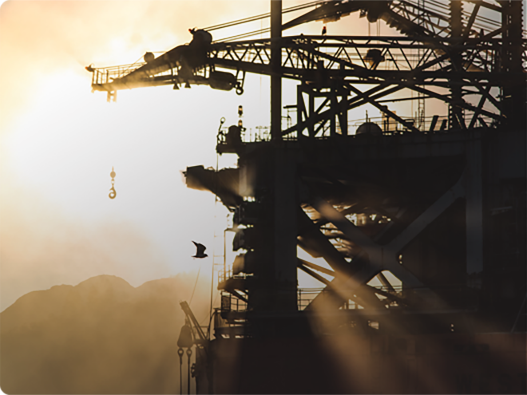
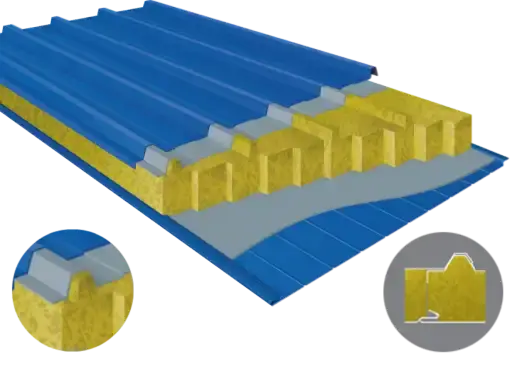



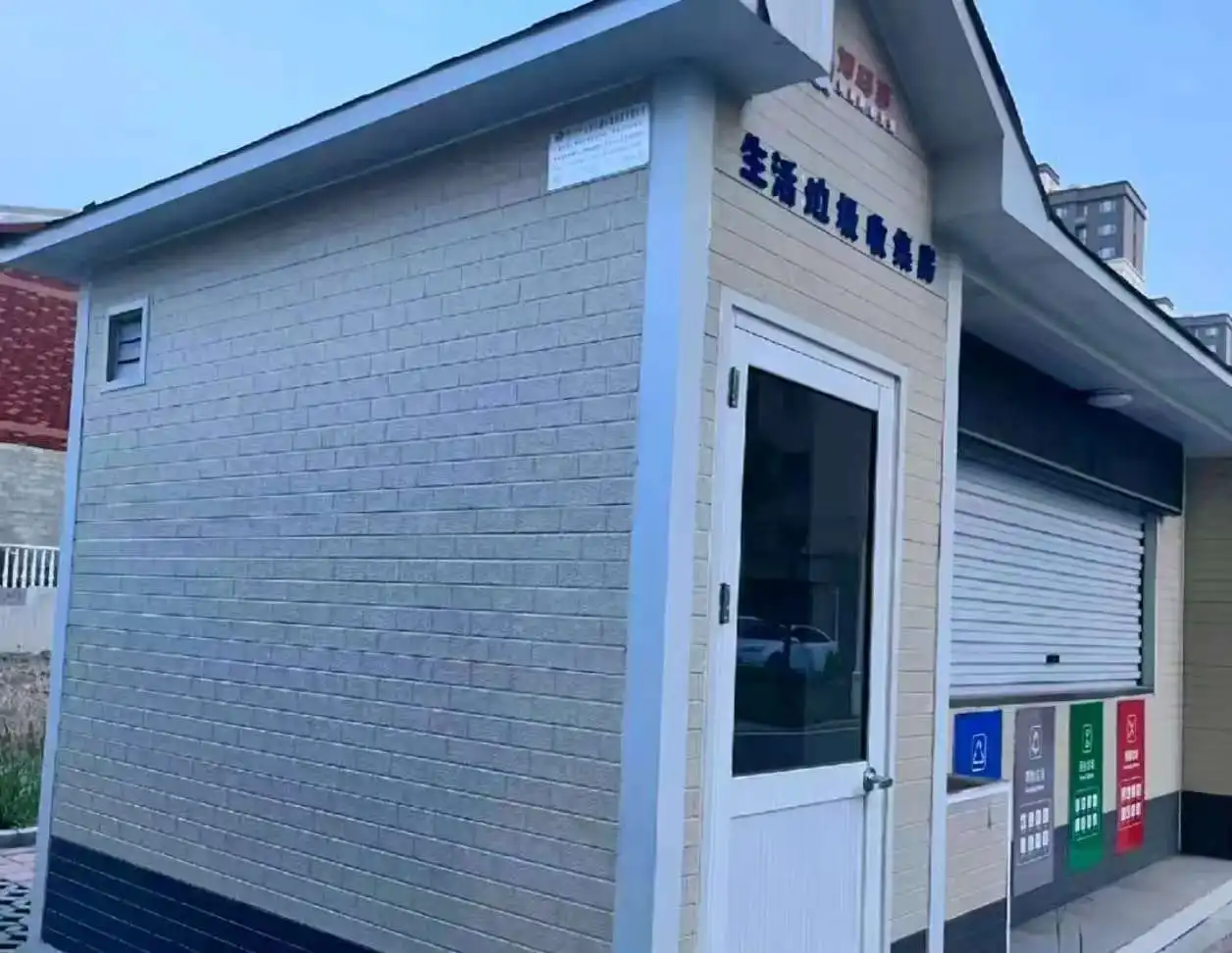
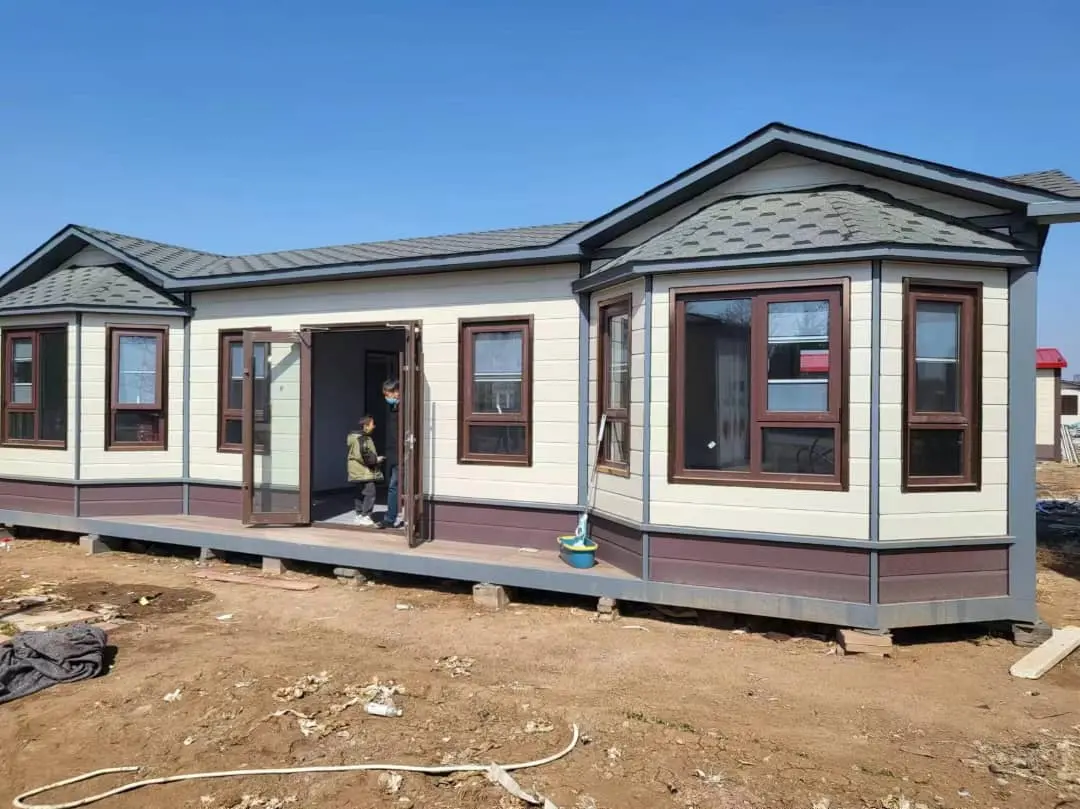
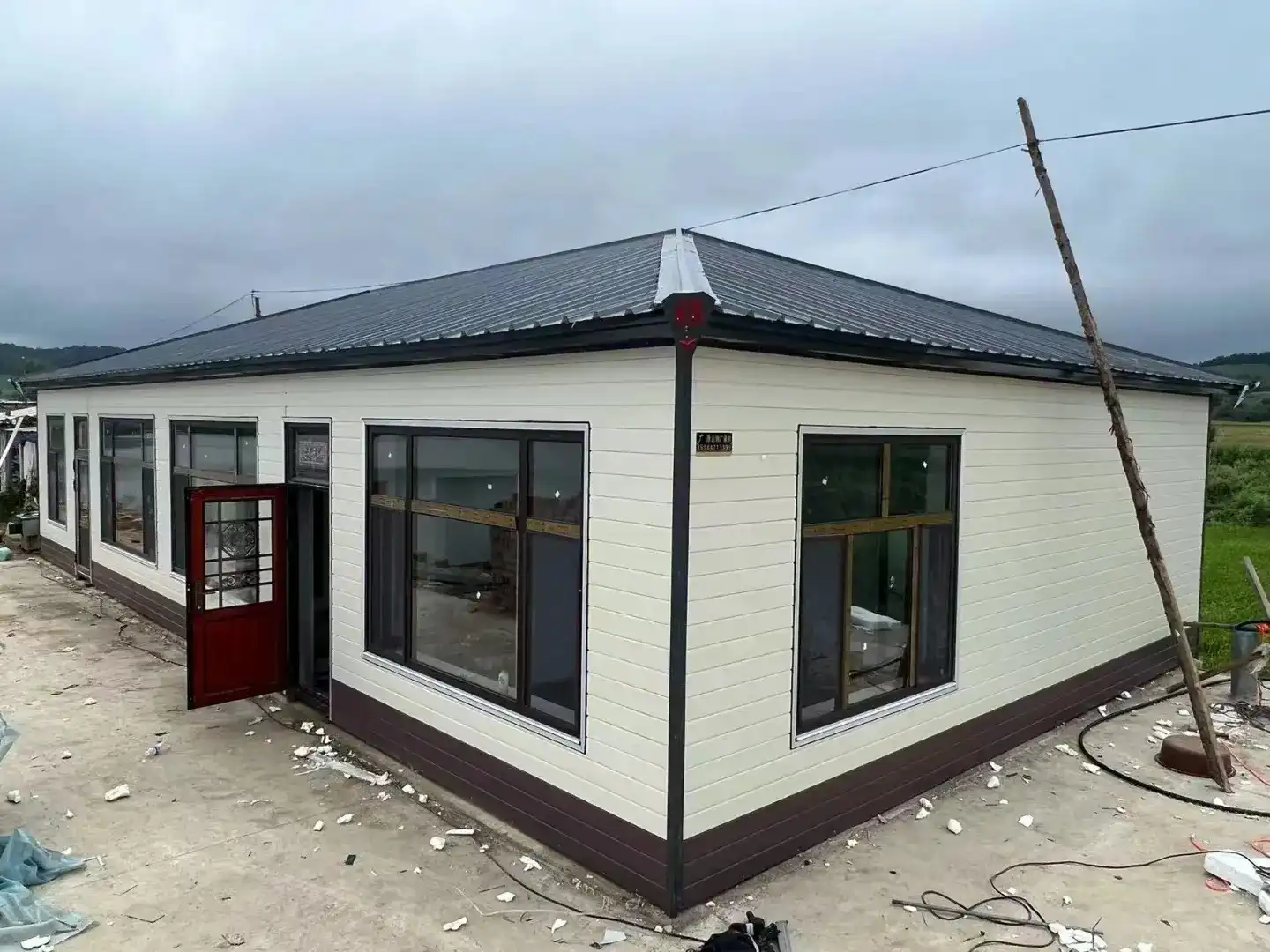
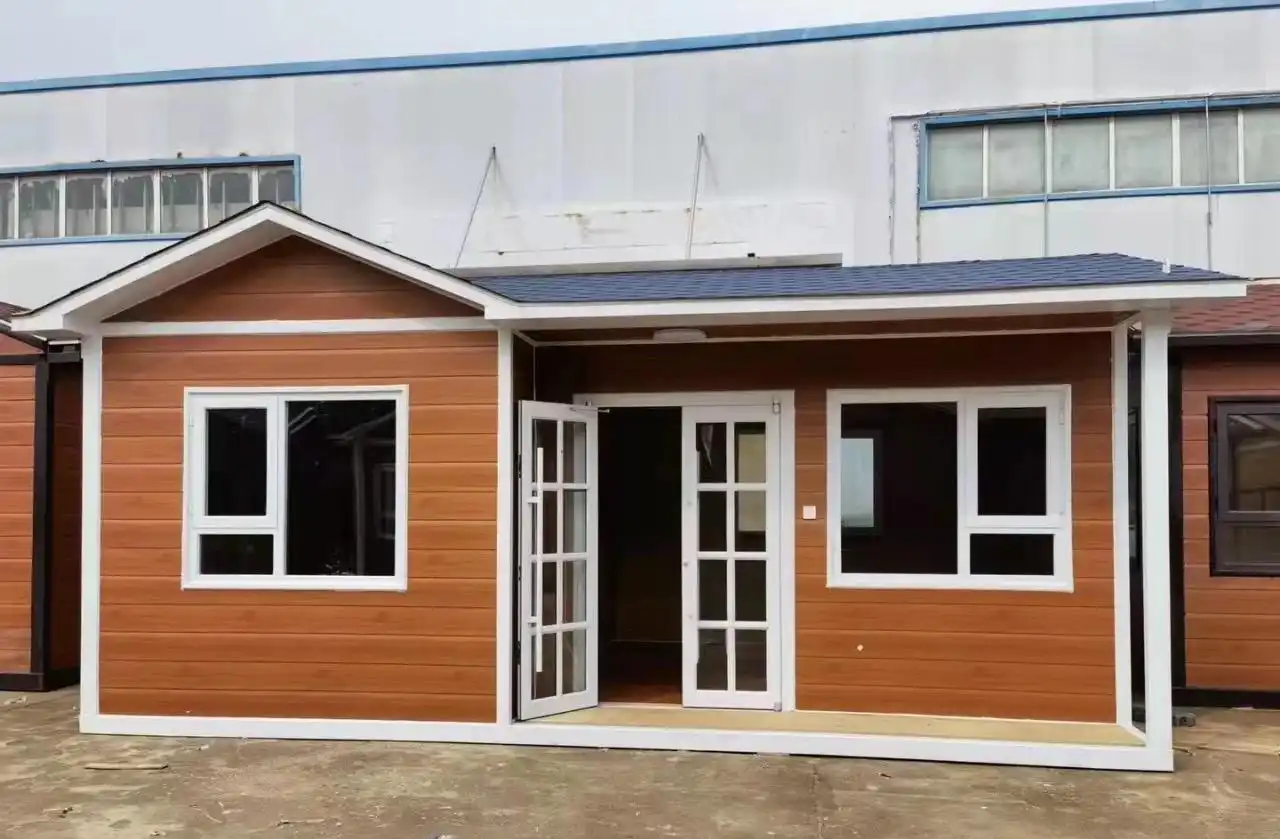
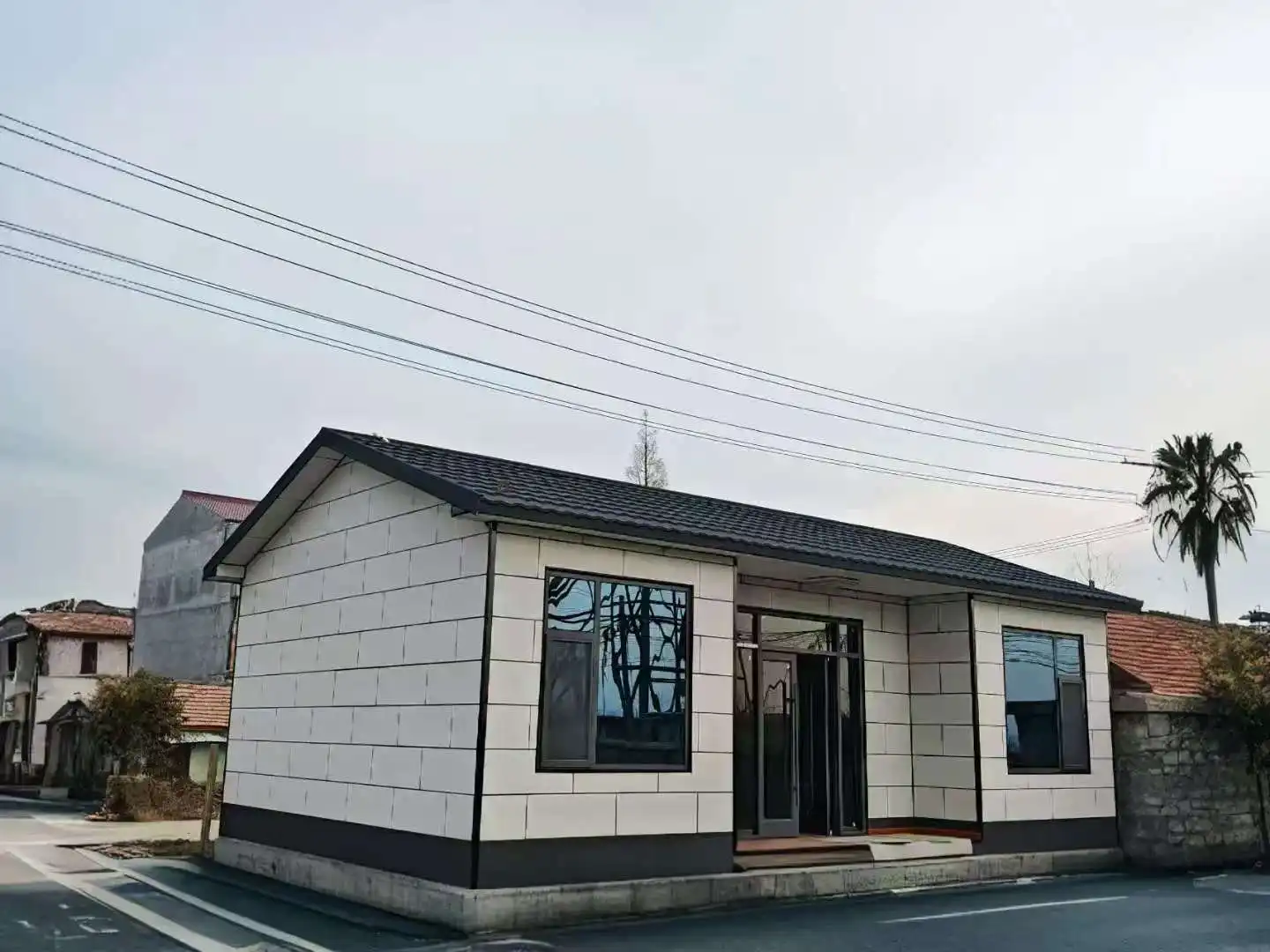
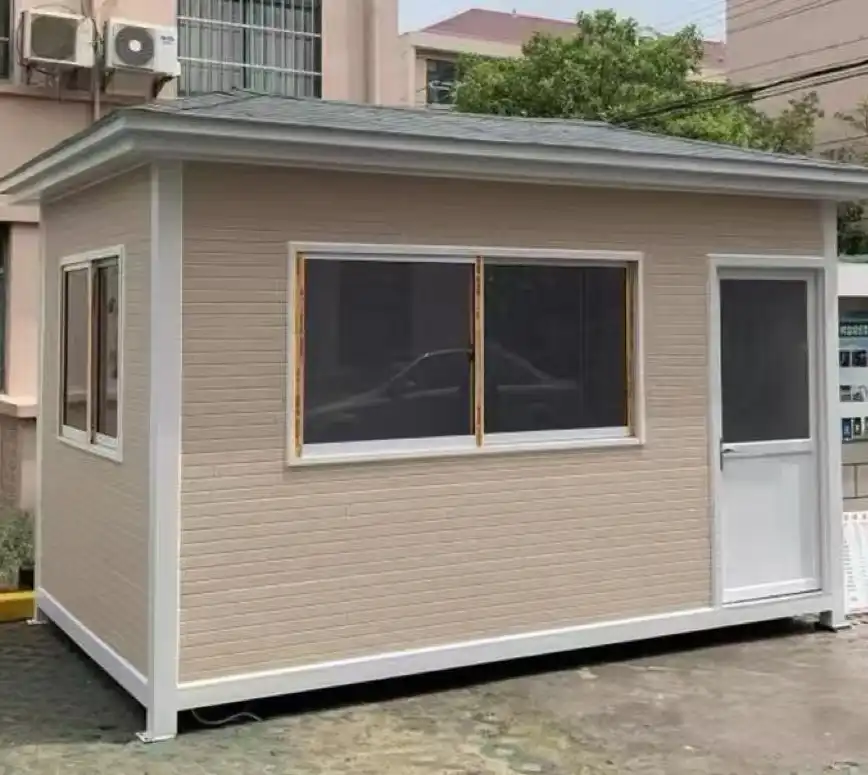
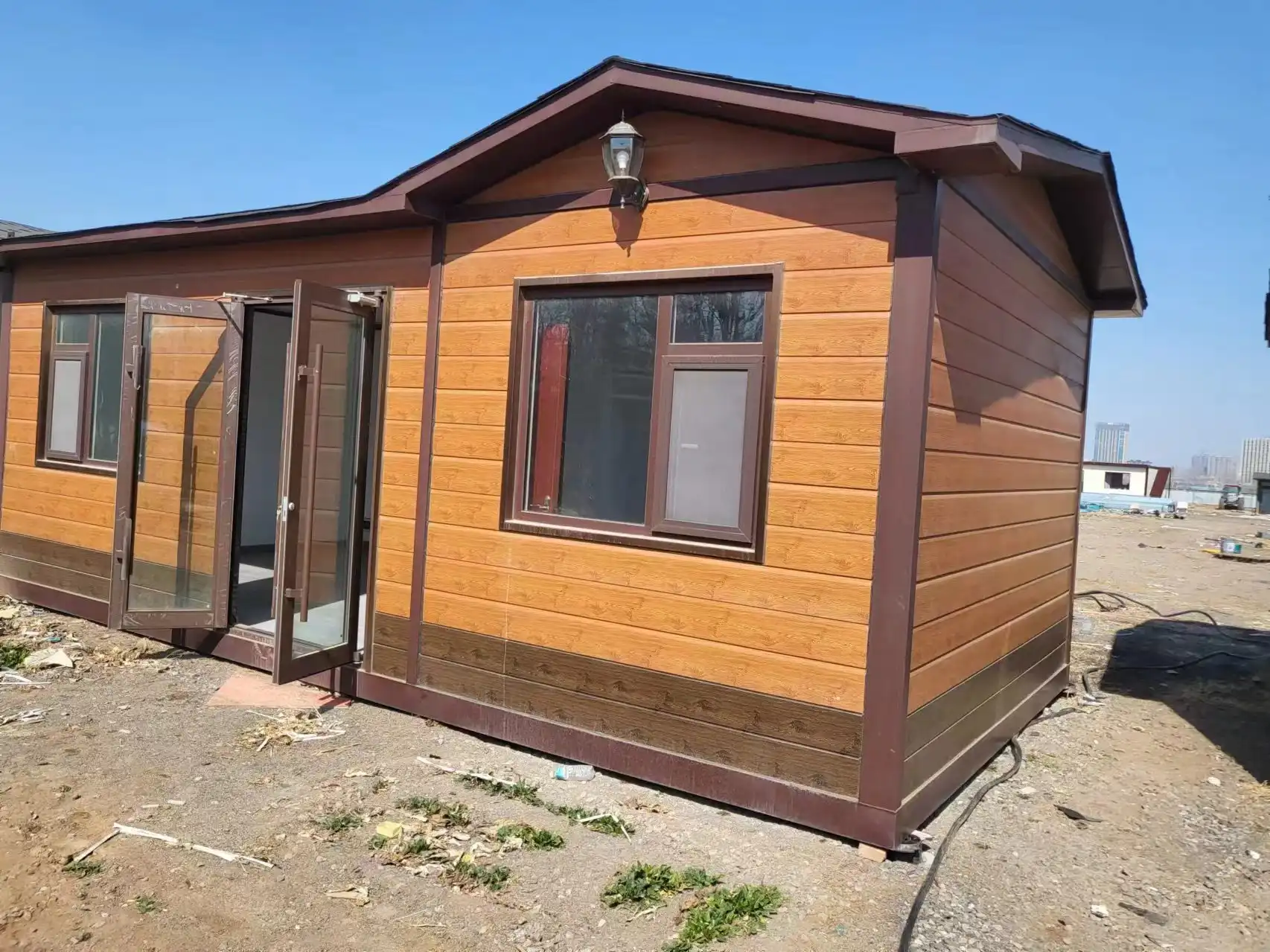
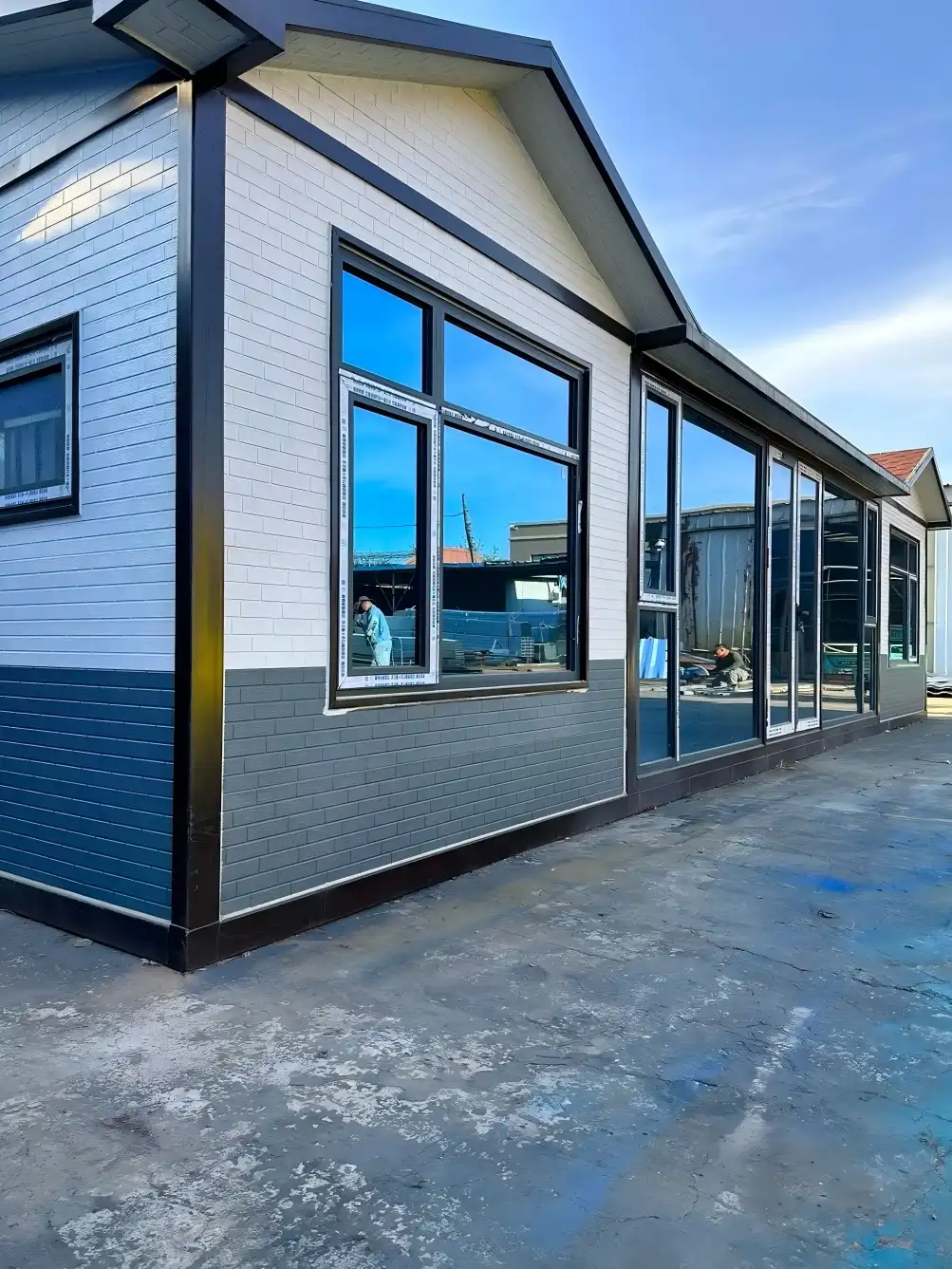
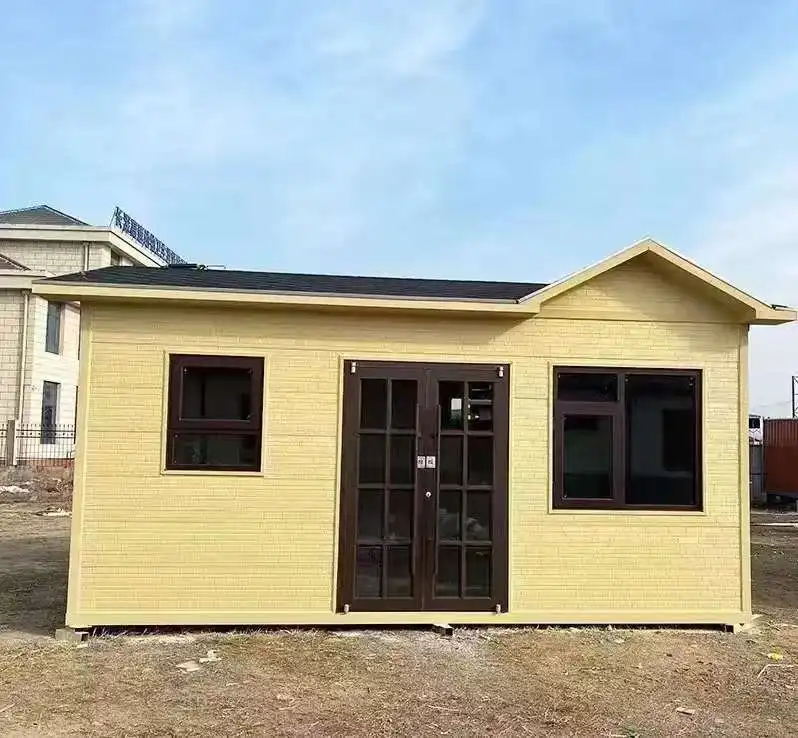
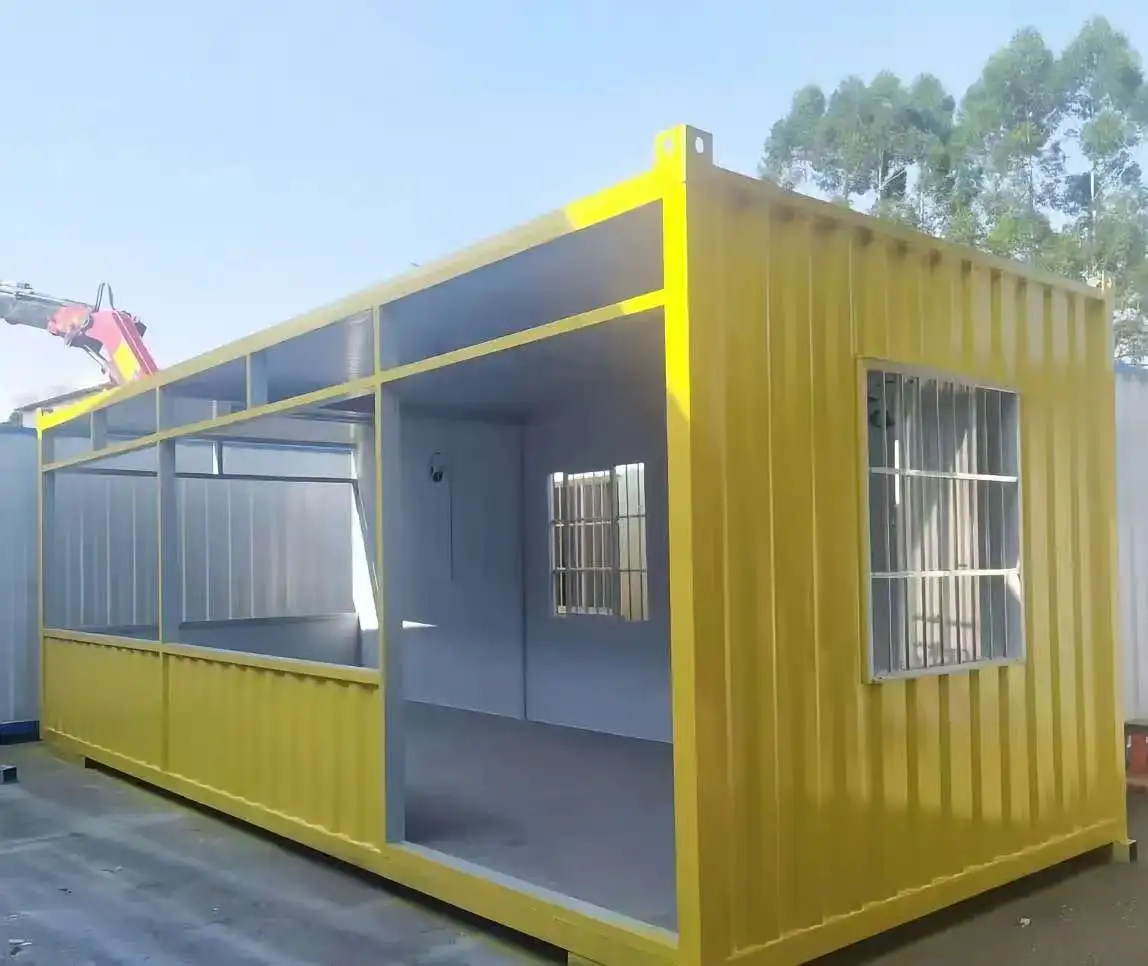
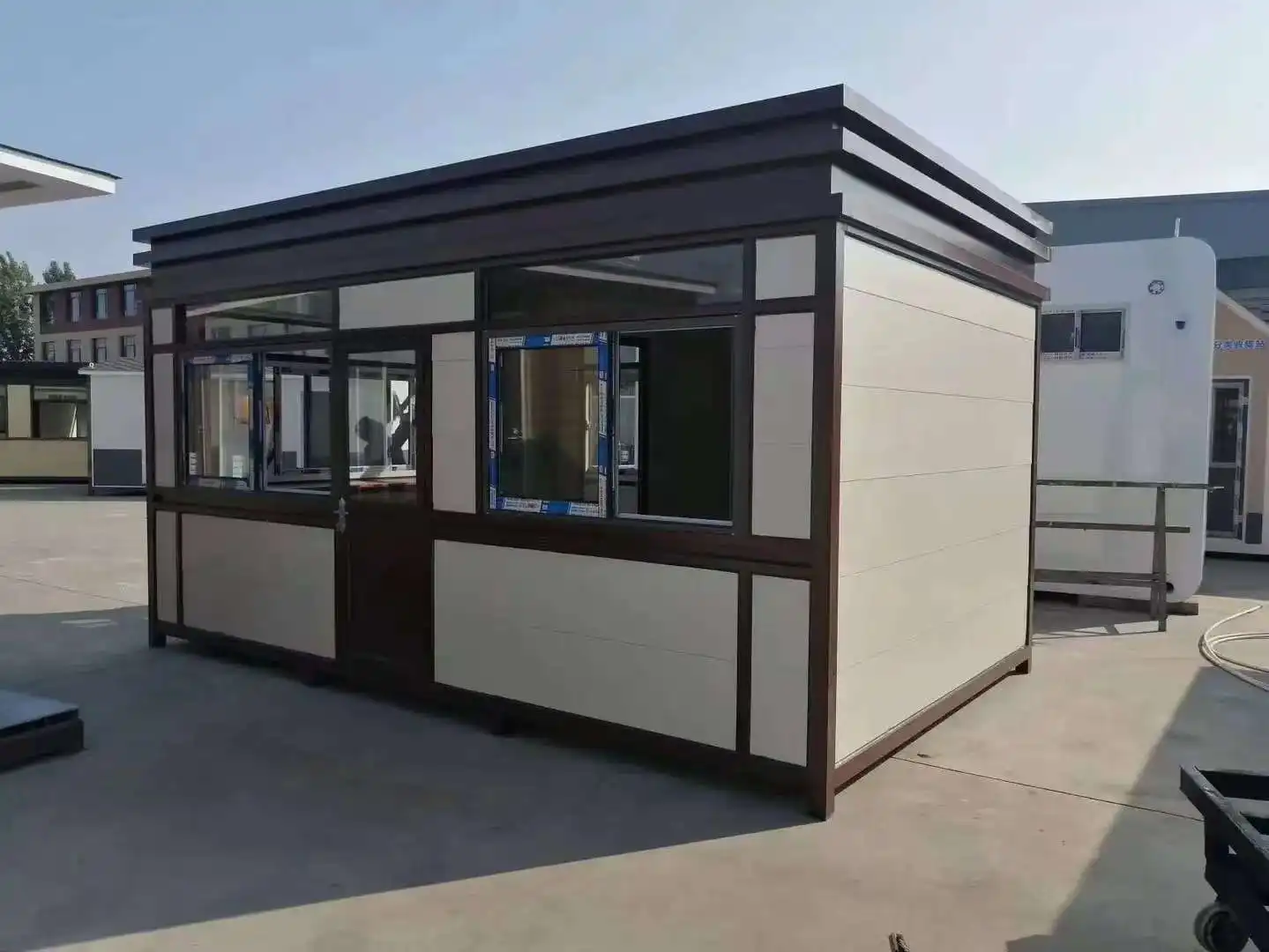

(1).jpg改.webp)
